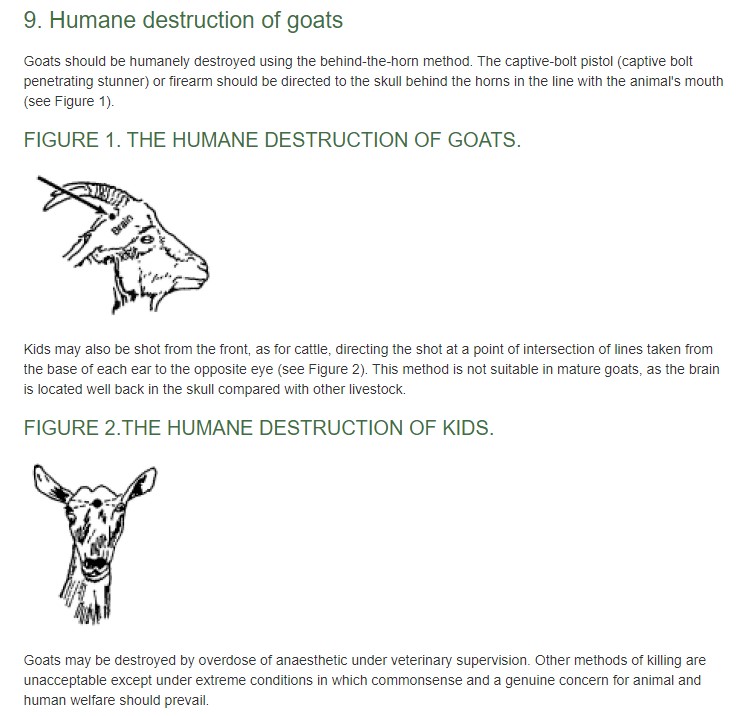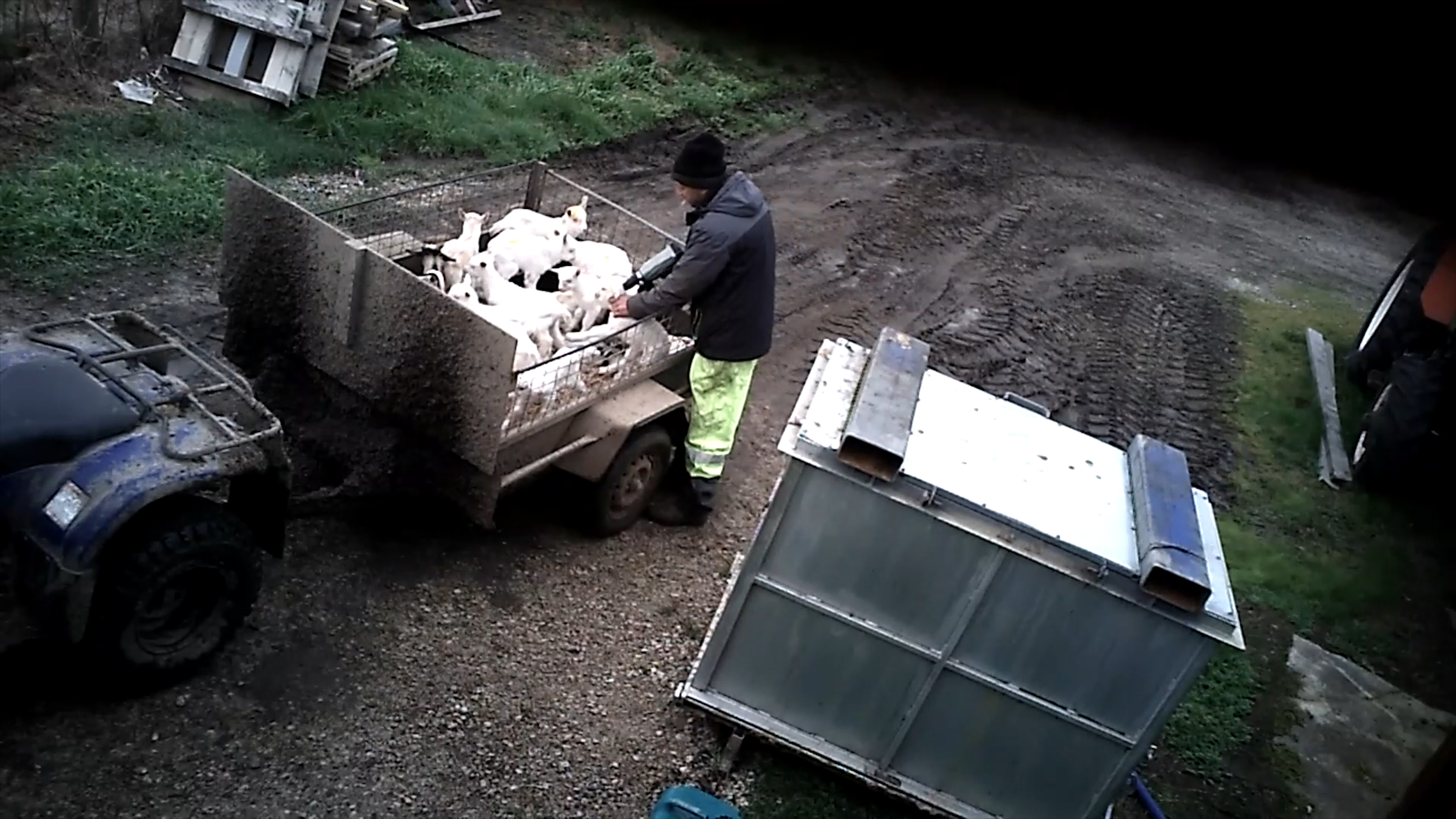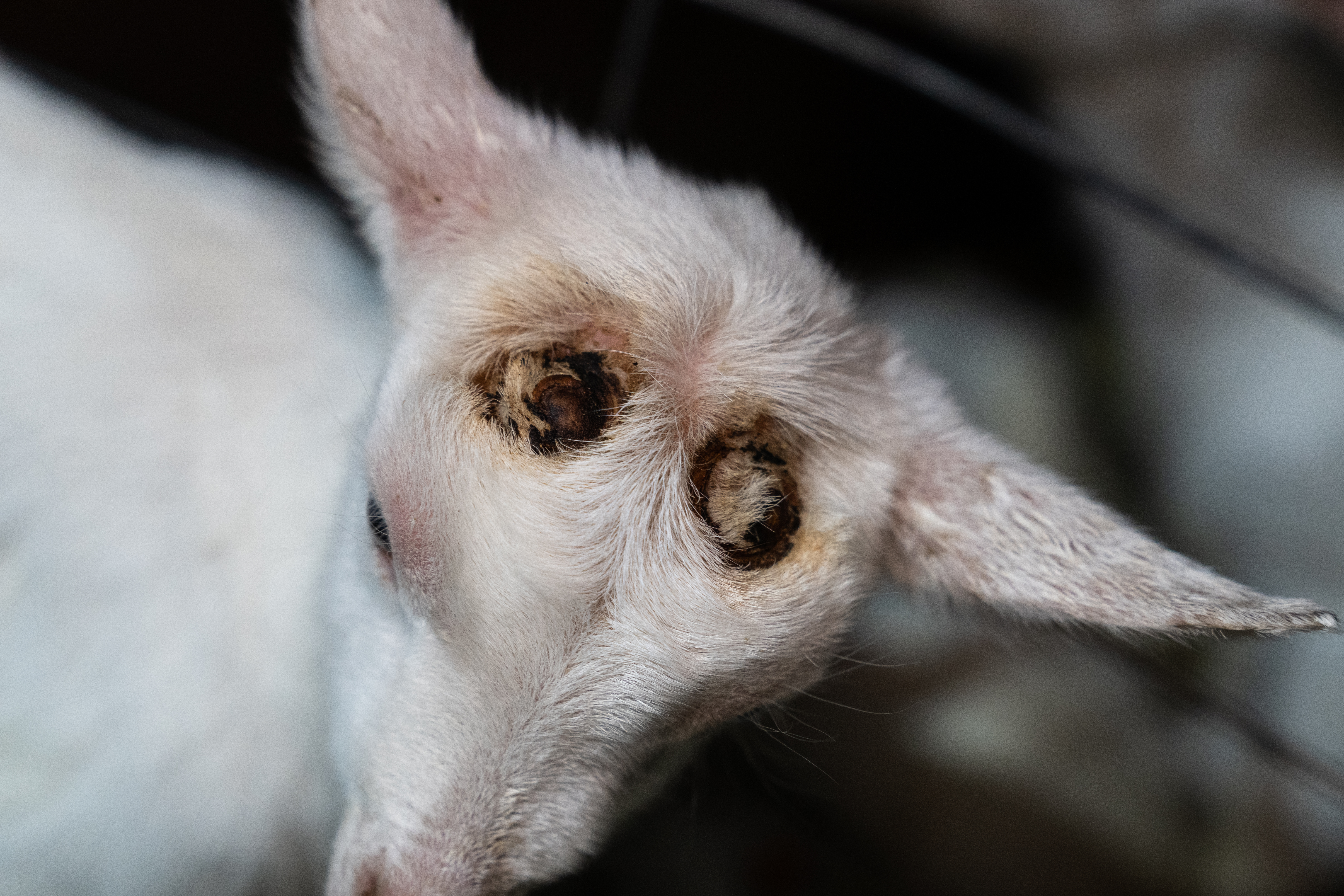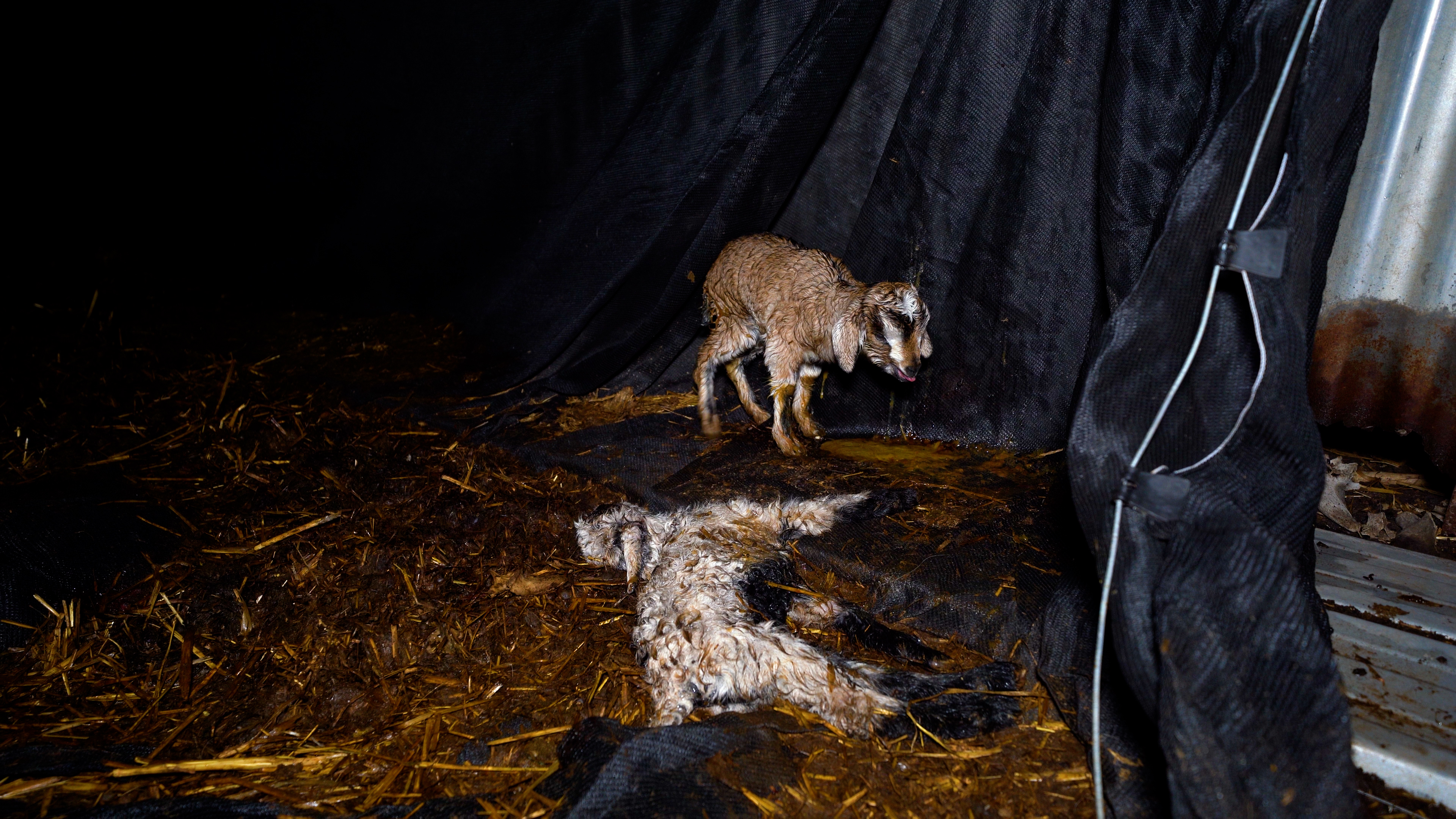Goats
Goats are playful and friendly animals that are often curious and keen to interact with humans. Goats are able to recognise the faces of their friends. In Australia, goats are farmed for their milk and meat. Naturally the lifespan of a goat is 15 to 20 years.
Number of goats slaughtered in 2023: it is recorded that 2.4 million goats were slaughtered in 2023 in Australia, however this does not include the many goats killed on site at farms.
Dairy goats:
It is estimated that production of Australian goat milk is approximately 17 million litres per year and the estimated farm gate value is $20 million ($20.2-26.9 million) (AgriFacts). There are approximately 68 goat dairy farms across Australia. Dairy goats are reimpregnated each year to ensure they continue to produce milk. Goat kids are taken from their mothers only hours after they are born so that humans may consume the milk their mothers are producing. The females are then raised to replace herd numbers and males are widely considered to be wastage, although some farms raise males to be sold for slaughter.
Slaughter of male goat kids
In Australia farm animals are exempt from the animal cruelty laws that protect our companion animals. In the dairy industry, male goat kids are regarded a waste product as they lack the ability to produce milk and therefore have no economic value. It is outlined within the Code of Accepted Farming Practices for the welfare of Goats (Agriculture Victoria) that kids may be destroyed by use of captive bolt gun or pistol to the head. Other goat dairy farms in Australia have been exposed for using blunt force trauma to routinely kill male goat kids, such as a sledgehammer or a metal pole to the head.
 Source: Agriculture Victoria: Code of Accepted Farming Practices for the Welfare of Goats
Source: Agriculture Victoria: Code of Accepted Farming Practices for the Welfare of Goats

Female goat kids:
Female goat kids are raised in housing together and fed powdered milk instead of the milk their mothers produce, as it is used for human consumption instead. Many farms disbud their goat kids to stop them from growing horns.
Disbudding of female goat kids:
Many goats on dairy farms are subjected to a painful procedure to stop them from growing horns as adults, this is known as disbudding. To disbud goat kids a hot iron is pressed into their heads to kill the budding cells that would ordinarily grow into horns.


Source: Agriculture Victoria: Code of Accepted Farming Practices for the Welfare of Goats
The culling of does:
When a doe's production of milk slows and their bodies are unable to handle continued breeding and milking they are no longer economically viable to the industry and are slaughtered. On most farms 'dead piles' can be located where many deceased mothers' and male goat kids' bodies are taken to be eventually buried.

Source: Meat and Livestock Australia's 'Goat Husbandry' information documents
Goats used for meat:
Close to 95% of goat meat in Australia is exported overseas. Australia is the largest exporter of goat meat in the world. (recent figures suggest Australia is the leading exporter of goatmeat. 90% of goats killed for food in Australia are wild, rangeland goats, with only 10% coming from meat goat farms. Rangeland goats are considered a pest and are rounded up and trucked to slaughterhouses. It is common for does to be pregnant during this process, often giving birth on the trucks due to stress.
Although these animals are considered a pest, there are management systems in place to ensure that there is always a population of goats to be caught and sent to slaughter for the industry


Goat leather
Goat skin is a by-product of the many goats slaughtered each year for their flesh or as 'dry' (ex-milking) does; another product which helps the industry to continue profiting off the exploitation of these animals.


